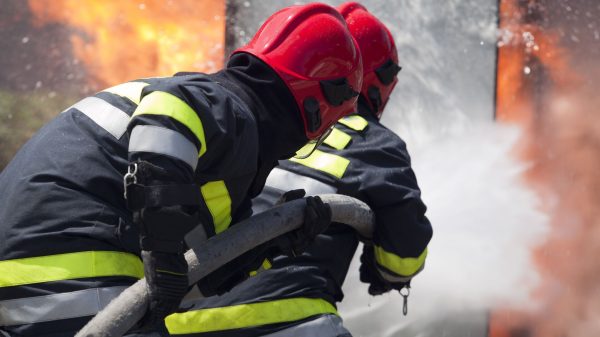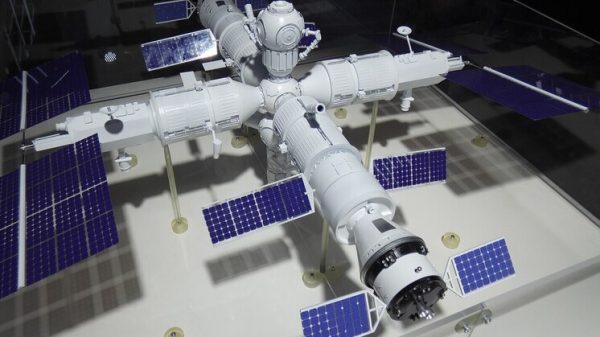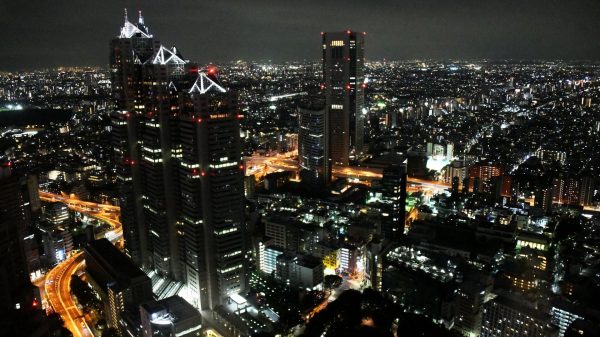Future snowfall at risk
Changing snowpack patterns have far-reaching global consequences, from water shortages to ski resort closures. A new study confirms that human-caused climate change has affected snowpack patterns across the Northern Hemisphere, including apparent declines in snowpack in at least 31 individual river basins.
 < span itemprop="width" itemscope itemtype="https://schema.org/QuantitativeValue">
< span itemprop="width" itemscope itemtype="https://schema.org/QuantitativeValue">
A new study finds that when a region warms to an average temperature of minus 8 degrees Celsius throughout the winter, there is a tipping point when snow begins to rapidly melt.
Decreases in snowpack, the total mass of snow on earth, have serious consequences. implications for places that rely on spring snowmelt for water.
The snow that now lies on the ground may not last the entire winter, experts say. In the short term, climate change may result in deeper snowfall from blizzards due to increased precipitation, but with warmer temperatures this snow will likely melt faster and may not persist as snowpack.
< p>Researchers looked at data from more than 160 river basins to analyze how much snow remained in March of each year from 1981 to 2020. They also simulated snowpack in a hypothetical world without climate change over the same period to see whether taking global warming out of the equation would lead to significantly different results. In 31 of the river basins they studied, or about 20 percent of the total, this happened, meaning the impact of climate change in these places is clear.
“There are several basins where we see this really clear signal,” the authors shared the results. Overall, temperatures in these river basins exceeded the minus eight degrees Celsius determined by the researchers. Because people tend to live in places with milder climates, it is these warmer regions that have the largest populations.
In the United States, the National Oceanic and Atmospheric Administration released its 18th annual assessment of the state of the Arctic region. According to the report, 2023 overall was the sixth warmest year in the Arctic since reliable records began in 1900, making it the region's warmest summer on record.
Once a region's average winter temperature reaches minus eight degrees Celsius, losses increase exponentially.
“With every degree of warming, there is more and more warming beyond this cliff,” notes study author Alexander Gottlieb.
In much of the American West, snowpack has historically acted as a frozen reservoir that stores water in the winter and releases it in the spring and summer when demand is highest. When snow doesn't accumulate in winter, drought can worsen in summer. In the Northeast, snow is less important for water supply, but it is the basis for winter recreation, tourism and culture.
“This article is backed by good research,” said geography professor Stephen Young. He studied the impact of climate change on snowpack, a measure of the presence or absence of snow on the ground, regardless of depth. Unlike snow cover, snow cover can be reliably measured using satellites. According to a separate study published in 2023 by Dr. Young, annual global snow cover has declined by about 5 percent since 2000.
While studying snow cover is useful for identifying potential impacts on water supplies, it also sheds light on light on a different problem: white snow reflects sunlight back into the atmosphere, while darker, exposed soil absorbs sunlight. Therefore, as soon as the snow cover disappears, the planet will begin to increase the temperature even more.






















































Свежие комментарии